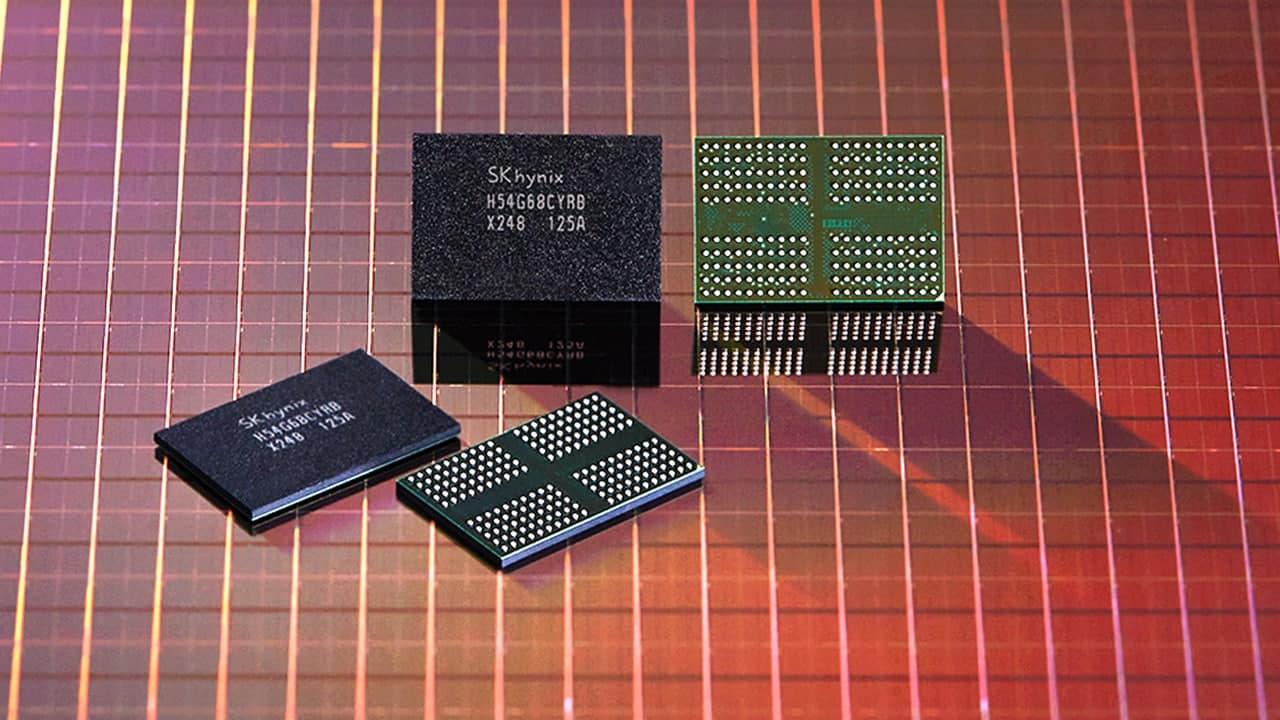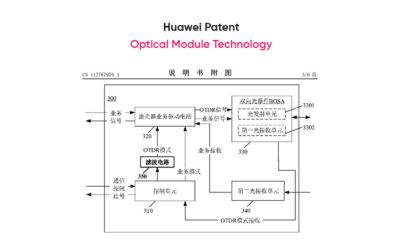Semiconductor
SK Hynix begins 1anm DRAM mass production, aims to complete by the second half of 2021

Today, the worldwide semiconductor supplier- SK Hynix officially announced that the company has initiated the mass production of 1anm DRAM-based, 8 Gigabit LPDDR4 mobile chip.
Furthermore, it’s the first time in the history of SK Hynix to work o the EUV (Extreme Ultraviolet) device in mass production. Before, the company used lithography technology for its 1ynm DRAM production.
To date, SK Hynix has been introduced three kinds of 10nm DRAM-based mobile chip generation. Stating with 1x, 1y, 1z, and now the company is bringing 1anm, which is expected to reach the smartphone manufacturers by the second half of 2021.
The company believes that the advantage of EUV equipment in chip production leads to the increased productivity, and further boosts cost competitiveness. The expected increase is 25% in terms of productivity.
The forthcoming product realizes a 4266Mbp stable transfer rate with 20% of reduced power consumption. Apart from this, the company also plans to implement the 1anm technology to DDR5 device debuted in October 2020 in the coming year.
The Vice-President of the company- Cho Youngmann stated that the 1anm DRAM features the most advanced technology with the reduced investment will serve the company in two aspects. First, it’ll bring high profitability, and secondly, it’ll help the company to position itself as the leading technology.
To be mentioned, LPDDR4 stands for Low Power Double Data Rate, which is the fourth generation of the 10nm process technology. This chip is specially designed for smartphone devices.
About SK Hynix:
The SK Hynix is a well-known South Korean firm that works on the manufacture and sales of semiconductor devices. It’s a worldwide provider of mobile chips, which mainly includes Dynamic Random Access Memory chips (DRAM), flash memory chips (NAND Flash), and CMOS Image Sensors (CIS).
(Via- SKhynix)
Also, Read
Huawei plans new chip manufacturing technology, aims lesser chirp frequency







